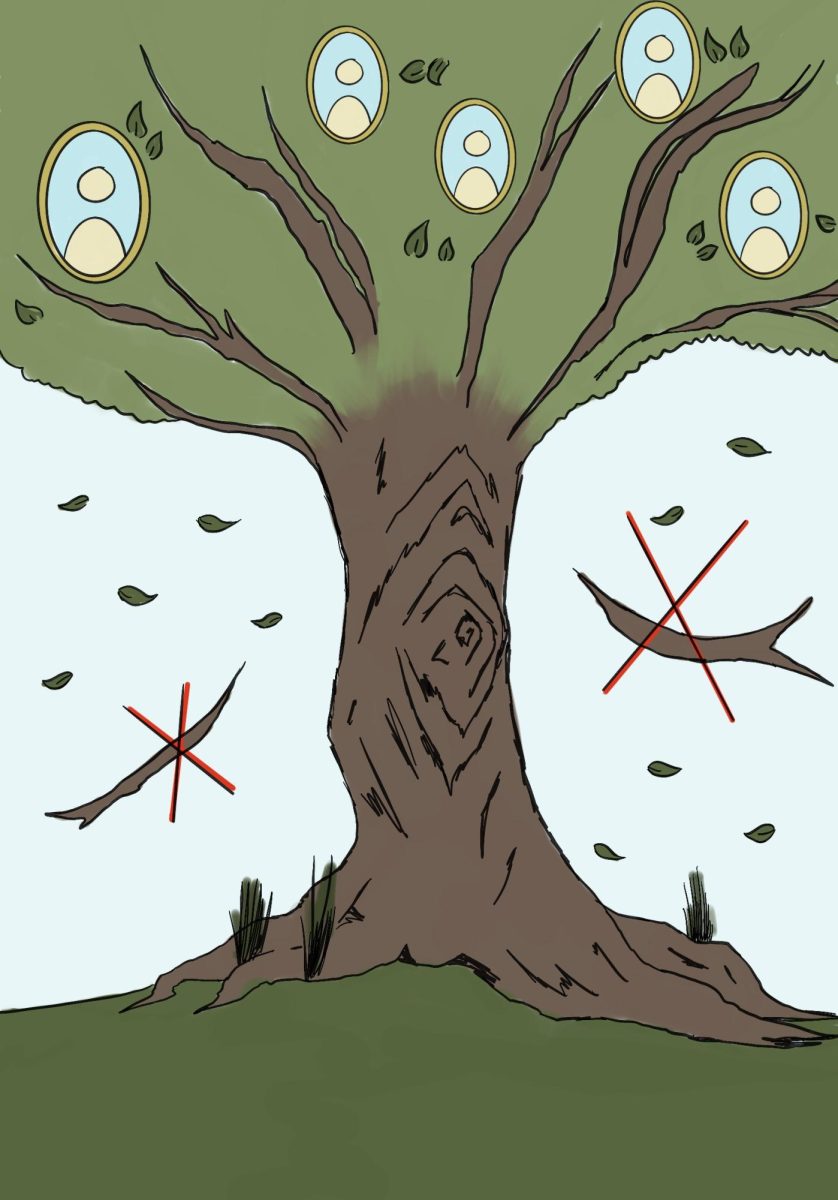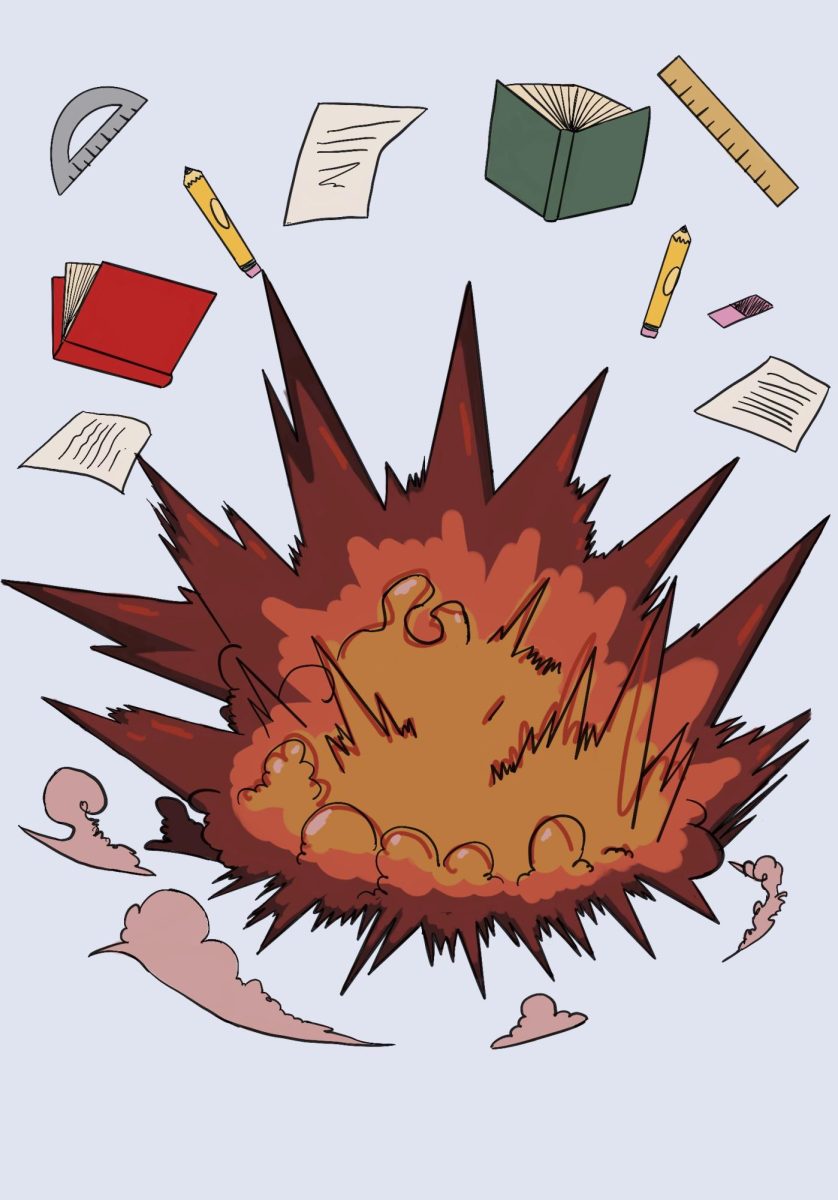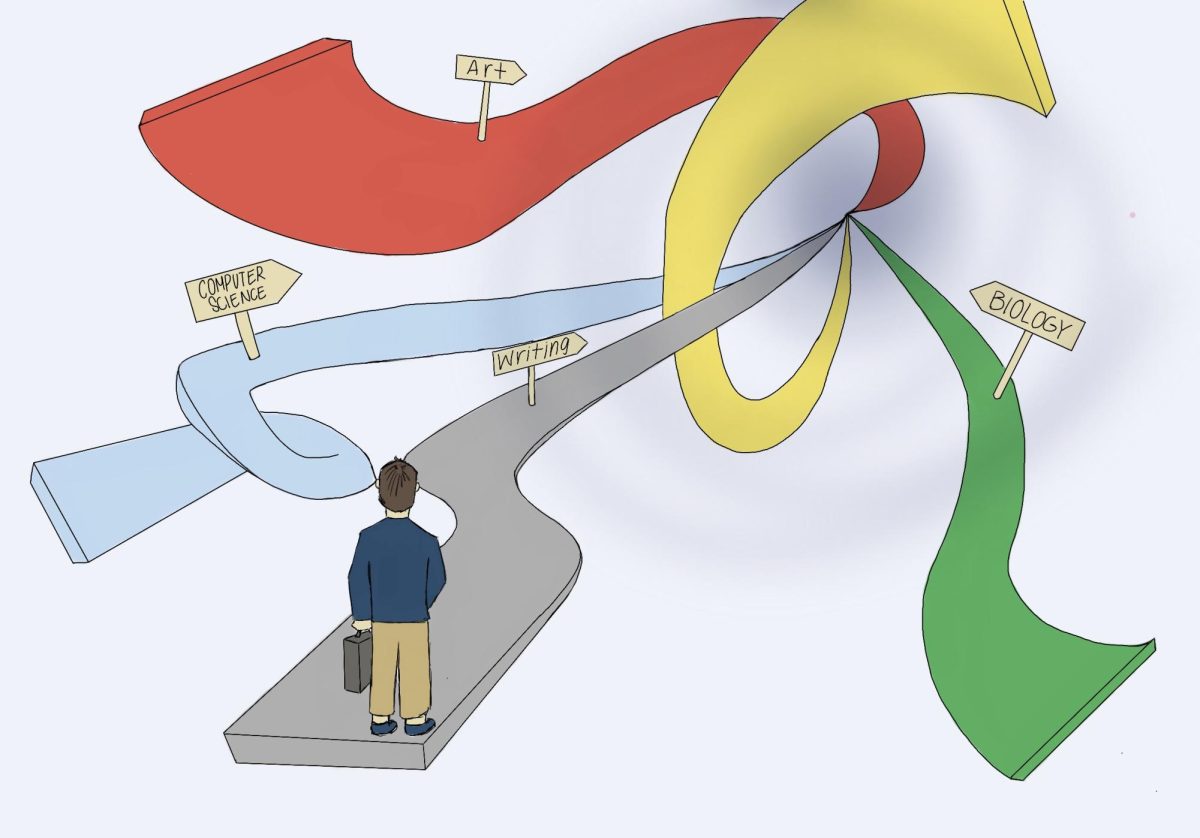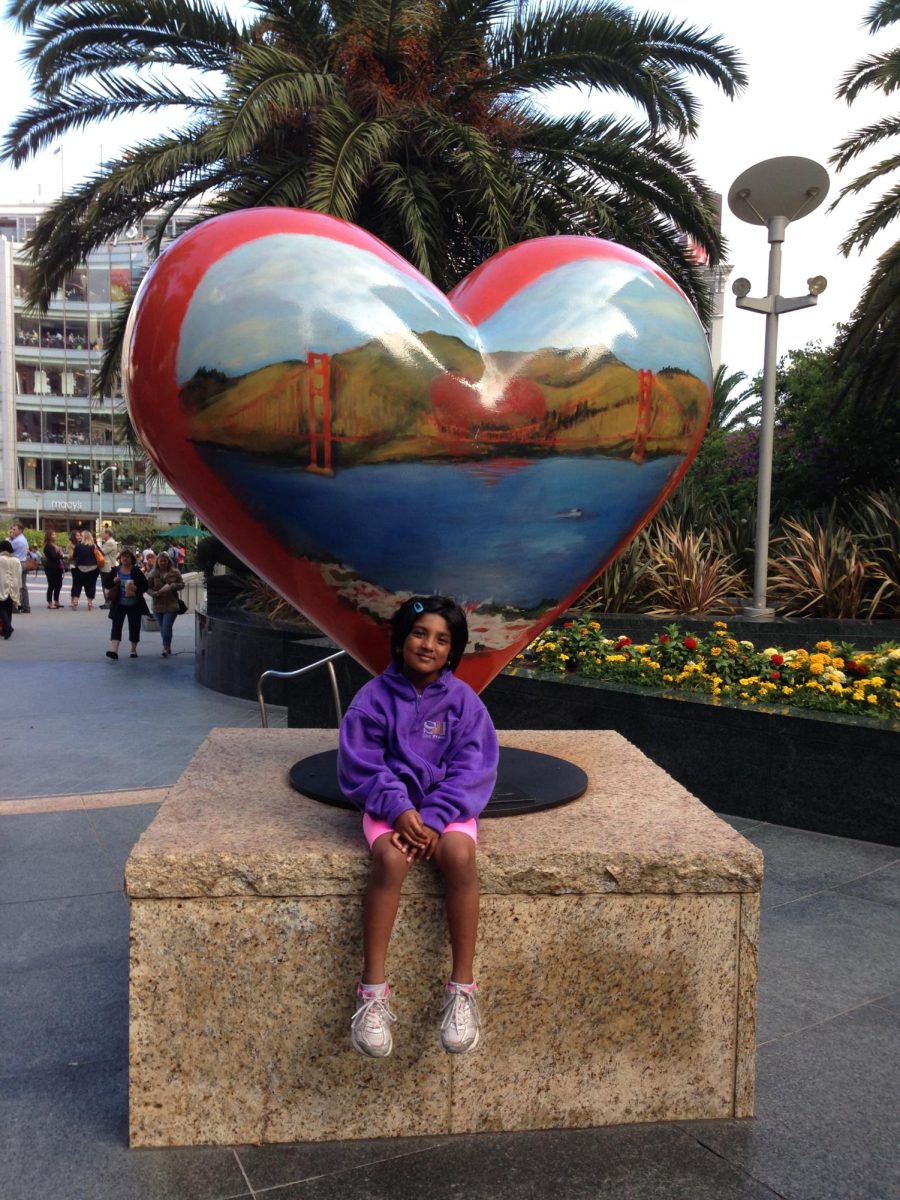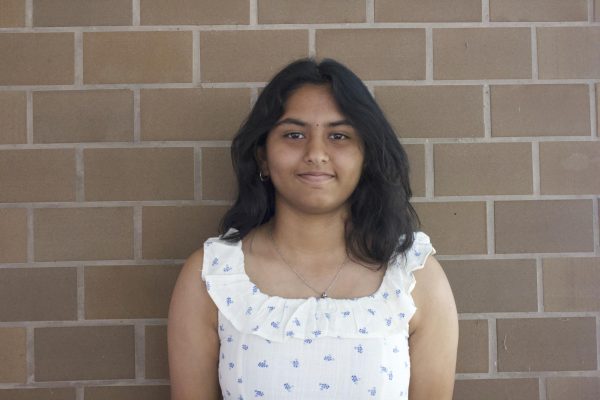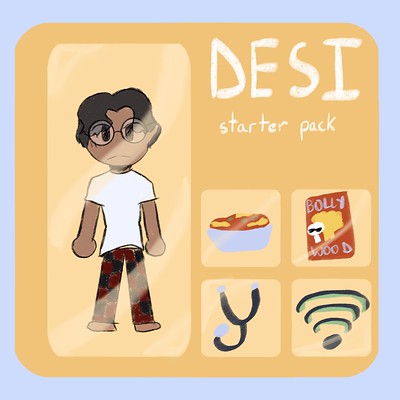
Growing up, many of us didn’t think twice about the way South Asians were portrayed in the media. We grew up with characters like Ravi from Jessie, Apu from The Simpsons, or the constant jokes about the strict desi parents who cared more about grades than anything else. At the time, I thought these were supposed to be representations, but they weren’t; they were an exaggerated drawing of an identity that flattened millions of different experiences down to a few punchlines that follow us into classrooms, group chats, or even casual conversations at lunch.
At a school as diverse as DV, it might seem like these stereotypes wouldn’t thrive. But that’s the thing – they often show up in more subtle, normalized ways, like a fake accent used to tell a joke, someone mocking the way a parent talks, or assuming that every Indian celebrates the same festivals and in the same way. The repetition of these tropes makes them feel acceptable. Expectations of what we’re supposed to be like, what our families are like and how we should act.
When the narrow story is the only thing that’s being heard, it leaves little room for the actual celebration of the diversity within South Asian communities: the different languages, religions, cultures, upbringings and personalities that exist beyond the stereotypes of the brown kid who’s supposed to be smart, high-achieving, has strict parents and is probably headed for Berkely, Stanford, or MIT. At DV, this single, predictable narrative gets repeated in subtle ways, like when students mimic the South Asian accents for laughs or when being good at math is treated like a default trait. South Asian students are boxed into the same storyline – one where they’re expected to be academically perfect, socially conservative and career-focused, with little room for individuality.
Even within DV, these jokes can feel alienating. India alone is made up of dozens of states, hundreds of languages and a wide variety of cultures and religions.DV’s South Asian population reflects that range. South Asia isn’t one single country or culture but is a vast region that includes many countries, each having its own distinct religion, language, history, culture and traditions.
To group all South Asians under one identity ignores centuries of political, social and cultural differences. Even the term “brown” itself, which is now used so casually, didn’t come from within our community but a label given to us by the West. Yet somewhere along the way, we made it ours, using it as a badge of shared experience, bundling together countless different identities, blurring real differences rooted in things like colonial histories and religious identities.
It overlooks the history of partition, colonization and the rich variety of customs that exist across national and regional lines. Treating South Asians as a single, monolithic group erases the complexity and individuality that students from these backgrounds bring to DV, because DV doesn’t have only brown students, but it has Punjabi Sikhs, Tamil Hindus, Gujarati Jains, Bengali Muslims, Kannada Catholics and many more.
This isn’t to suggest that humor must disappear from student life. Making jokes is a way to build community and express shared experiences; however, in a school as diverse as DV, it is worth considering the deeper impact of what – and who – students choose to joke about.

